How to Start a Homestead Farm
Starting a homestead farm can be a worthwhile adventure. It takes a lot of work to build a homegrown sustainable lifestyle. From knowing which crops to grow to choosing the right kind of animals to raise, a lot goes into starting a homestead farm. Before you dive right in, you’ll want to consider all the steps involved in homesteading.
Best states for homestead farming
Some states make homesteading easier than others, so you must check if your state of residence has any restrictions before you get started. Among the best states to buy land and begin your homesteading adventure include:
- Alaska offers homesteaders who enjoy being away from the hustle and bustle of the big city a great option for buying land and starting a homestead farm. The winters there can be tough, though, so make sure your farming skills are up to par before even considering it.
- Connecticut has the ideal climate for building a sustainable homestead farm. Startup costs and property taxes can be high here, but if you can afford it, the clean water and favorable growing seasons make it a suitable choice.
- Idaho has some of the richest soil in the United States, offering the freedom and flexibility for growing crops, raising cattle, or both. Government laws and property taxes here also favor homestead farmers, adding to its appeal.
- Maine has some of the lowest property taxes and open land availability of all 50 states. The climate here is ideal for growing crops or raising farm animals. Winters can be long and cold, so make sure your farming skills are at advanced levels before considering this state for your homestead.
- New Mexico farmland is the cheapest in the nation. However, there is a reason for the price break. Irrigation is required for most crop growing since the state’s natural environment is arid and dry. The number-one crop in New Mexico is hay, which can help sustain a Jersey cattle homestead if you choose to go that route.
- Tennessee has many rural areas ideally suited to hosting a homestead farm. For nine months out of the year, you can grow and harvest your own crops. Property taxes there are low, coupled with favorable homesteading laws.
How much homestead land do you need?
How much homestead land you need depends on how you plan to use it. Small homestead farms can get by with as little as an acre of land if they only want to grow a few vegetables and raise a Jersey cow. If your goal is to live as off-the-grid as possible and be as self-sustaining as possible, then you will need 13 acres or more of homestead land.
Here is a quick guide that combines your homestead goals with the size of homestead you may need to achieve them:
| Homestead Farm Goals | Homestead Size in Acres | Additional Guidance |
| Small improvements to the existing quality of life. | Use the land you currently have available. | Vertical gardening techniques may be necessary if you have a small lot of land. |
| Grow enough produce to feed a small family. | 0.1 acres of land dedicated solely to gardening. | Vertical and square gardening techniques are necessary to make this work. |
| Grow enough produce for a large family. | 0.2 acres or more of land dedicated solely to gardening. | Small footprint techniques like vertical and square gardening are ideal. |
| Grow enough produce for a family and raise livestock or become partly self-sufficient. | 0.2 to 3+ acres of land. | Local building codes and zoning apply, so be sure to check out yours before planning your homestead farm. |
| Grow enough produce and raise enough livestock to be 100% self-sufficient. | 13+ acres of land for a family of 4, with up to 20 acres for larger families. | Follow local building codes and zoning ordinances, and research to make sure your state does not have restrictive laws about homesteading/living off-the-grid. |
Homesteading is more of a mindset than anything else. You can find ways to use even the smallest lots of land for your purposes with a little bit of ingenuity. Local laws about homestead land and homestead farms may limit what you can do and where you can do it, so it’s important to thoroughly investigate before you make your plans. You can check out our complete guide to homestead land laws by state to learn more.
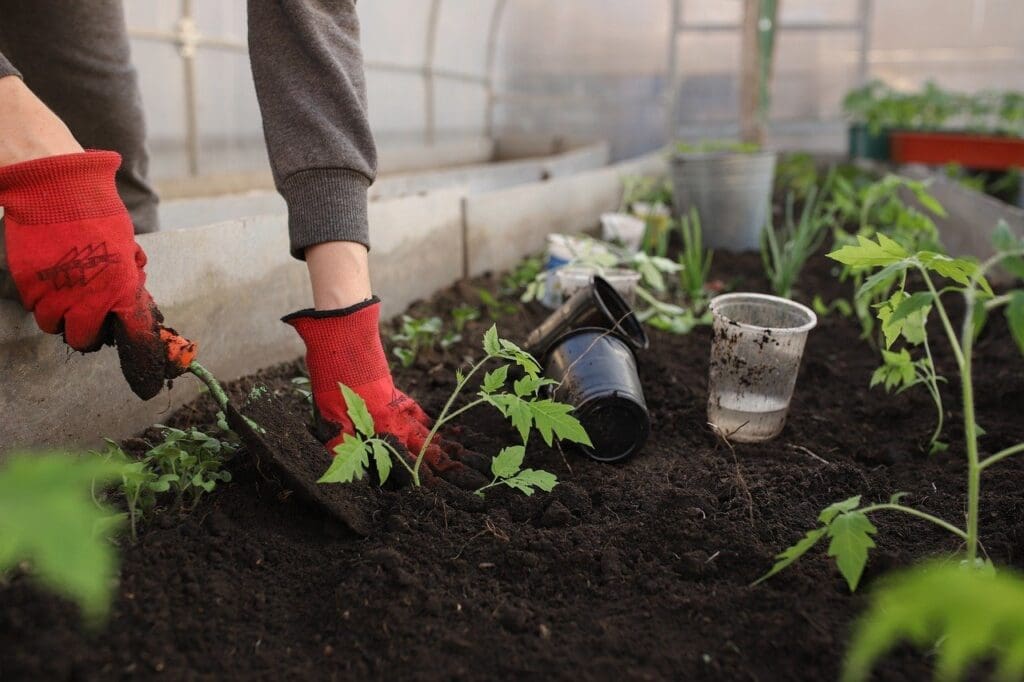
How to grow your own food
Growing your own food is not for the faint of heart. While some gardening shows may make it look easy, getting started growing your own food takes patience and skill.
If you are new to food growing, we recommend starting small. Put in a small, raised garden bed in the spring and plant a portion of your family’s favorite vegetables. Start with some of the easiest vegetables to grow, including lettuce, green beans, peas, radishes, carrots, and cucumbers. Even those lacking natural green thumbs can have success with these vegetables.
Be sure to clear your garden of weeds and other invasive plants regularly and keep wildlife like deer and rabbits away from them. This is where using a raised planter comes in handy. It is easier to install wire protective walls around raised vegetable beds to keep out unwanted dinner guests.
Learn during the off-season
During the off-seasons for growing vegetables, consider reading up on how to add more variety to your mini-farm. One of the most helpful resources for growing food on less than a quarter-acre is “MiniFarming: Self-Sufficiency on ¼ Acre” by Brett L. Markham.
As you become more proficient with your gardening skills, add a larger variety of vegetables. Even if you only add one or two new vegetables per year, that’s enough.
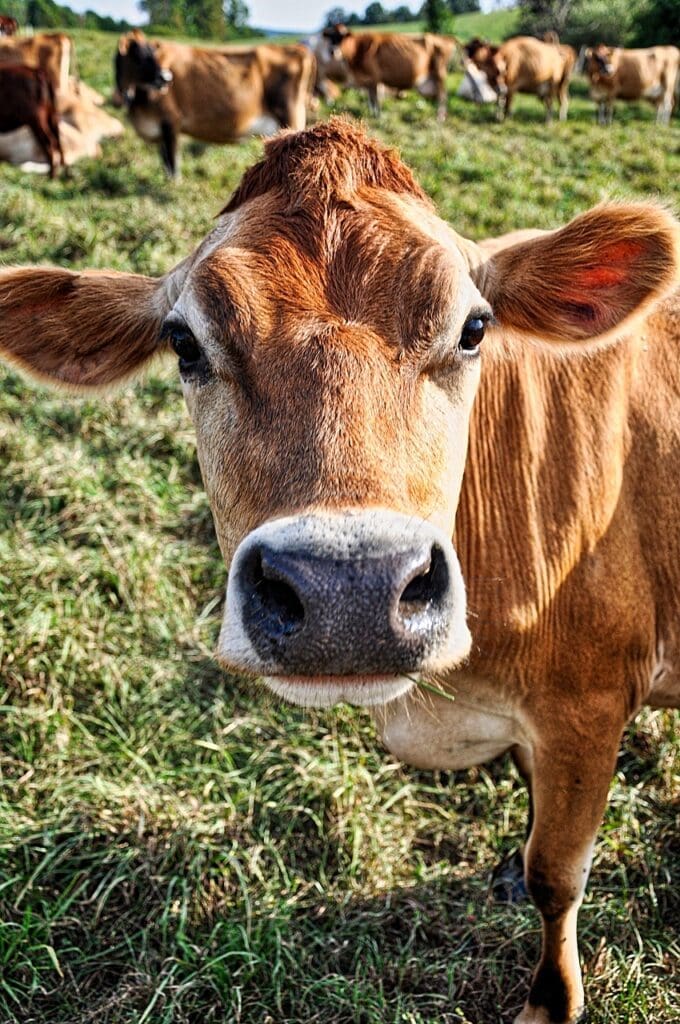
How to raise your own Jersey cattle
Raising your own Jersey cattle is not difficult. Jersey cows are popular among homesteaders because they are small and easy to manage. While their curiosity sometimes gets the better of them, Jerseys are known for being mild-mannered.
When we first got our Jersey cow, we knew very little about the breed. One thing we discovered quickly was they produce some amazing raw milk! Our entire family enjoys cheeses, ice cream, milk, and yogurt from our Jersey cow. The other thing we learned was that taking care of a Jersey cow really isn’t that difficult. Jerseys area like other animals. They require food, shelter, and water. You must also regularly milk your Jersey cow to keep her healthy.
What your Jersey cow needs to thrive
- Clean water makes great milk. Jersey cows need a fresh water source to digest their food and produce amazing quantities of raw milk. Never use water from a source that goes through a water-softening system. The salt used in those kinds of systems can reduce your cow’s milk production.
- Food is important if you want your Jersey cow to produce milk. Some people raise Jerseys for the beef, but in our household, we’re more interested in the raw Jersey milk. We live in the high desert of northern New Mexico, where green fields and natural water are not part of the landscape. If your homestead farm is not in an area where your Jersey cow can graze, then supplementing with alfalfa hay and other fodder is necessary.
- Shelter is a priority for your Jersey milk cow. Our small two-stall barn sits on 5 acres and provides more than enough space for our Jersey cow. With a covered portion for shade and a corral that connects to our 5 acres, our Jersey cow has everything she needs to stay happy and healthy.
Milking your Jersey cow once or twice daily keeps her healthy. You can milk by hand or buy a simple milking machine to do the work for you.

Adding a homestead kitchen to your homestead farm
What’s a homestead farm without a homestead kitchen? Once you learn how to grow your own food and raise your own Jersey cattle, you’ll need a place to prepare all the food from scratch. You also will want to learn how to preserve your produce and other harvested foods.
When it comes to preserving food, there are many methods you can follow. Canning, dehydrating, freezing, pickling, and smoking are just some of the options you have for preserving your homestead farm foods. Growing your own fruits and vegetables almost requires you to learn some form of preservation unless you want to waste large quantities of what you’ve grown.
Canning and preserving
Canning is one of the most popular ways to keep vegetables safe for consumption later. Another option is freezing. There is nothing like reaching into the freezer on a cold winter day and pulling out some green beans you harvested from your garden earlier that year. If you raise Jersey cattle for beef in addition to raw milk, dehydrating and freezing the meat for the winter are two popular ways to preserve it. You also can dehydrate fruits and vegetables. Preserving and preparing your homegrown foods is easy when you follow our recipe page here at Jersey Milk Cow.
Getting a homestead loan to fund your venture
Living a self-sufficient lifestyle can be expensive, especially if you already carry debt when you make the decision to start a homestead farm. Getting a homestead loan to fund your venture can help. The U.S. Department of Agriculture offers a homestead loan program with low-interest rates. Some of the other perks of this program include 100 percent financing and approval for borrowers who may have blemishes on the credit reports.
Buying from a land bank is another way to fund your homestead farm purchase. Land banks are created by local jurisdictions. The programs often run as nonprofits and buy up abandoned, tax-delinquent, and vacant properties for future development. The property held by land banks can be quite affordable, making them a wise choice for small homesteaders who have a little savings to put toward their homestead farm purchase.
Grants for homestead farms
State agricultural departments also offer a variety of grant and homestead loan programs for those interested in starting a farm. Check with yours to see what is available.
Some other popular grants include:
Join a homestead farm community
Homesteading can be hard if you try to do it alone. Seek out your local homestead farm community and get to know other homesteaders. When we were starting our small homestead, we relied on the guidance of others who were more experienced. Now, we pay it forward by offering helpful tips and advice to others interested in becoming more self-sufficient. Having a homestead farm is a way of life. Committing to learning from others can get you on the path to homesteading success in no time! Do you have some pointers you’d like to share with us about your homesteading venture? We’d love to hear about them in the comments.
Happy homesteading!
In our kitchen, we only use cultures from Cultures for Health.
Get yours here and start culturing today.
Popular Articles
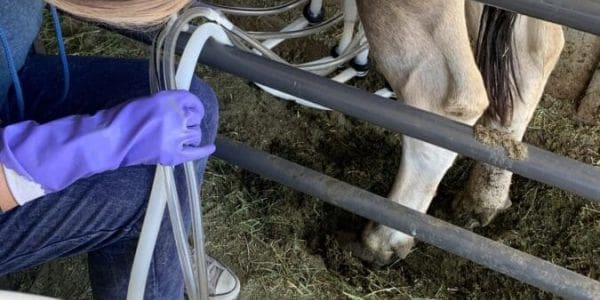
Jersey Cow Milking 101: Follow These 6 Tips for a Smoother Milking Process
Newsletter
Get signed up to get latest updates and new information from the Jersey Milk Cow!
This site uses Akismet to reduce spam. Learn how your comment data is processed.
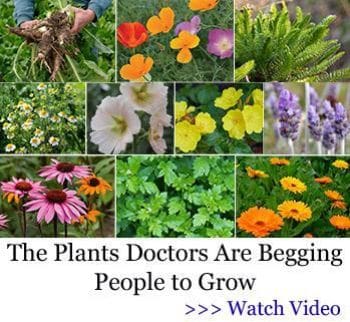





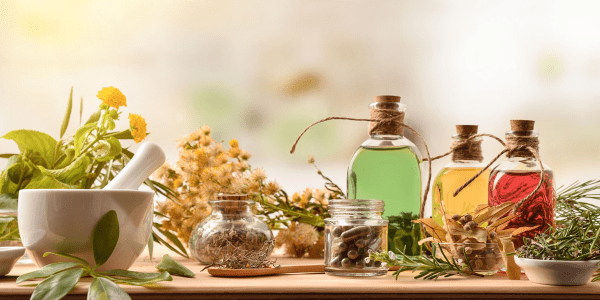
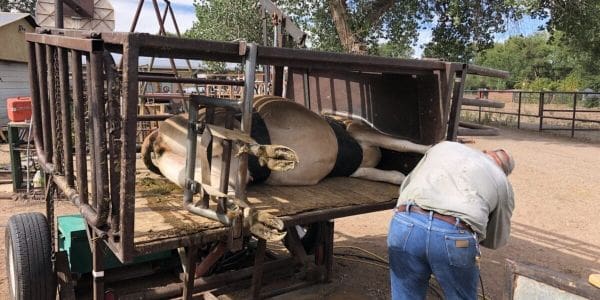
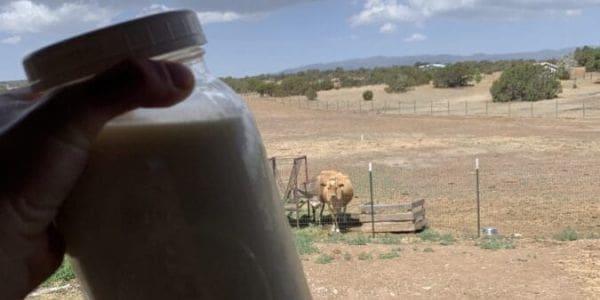


Leave a Reply